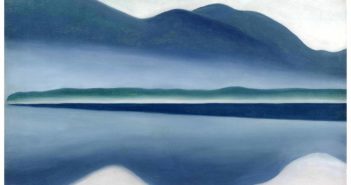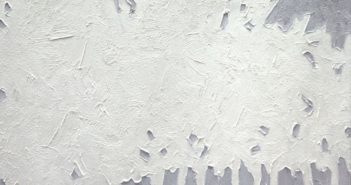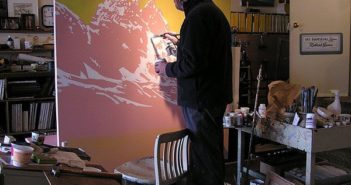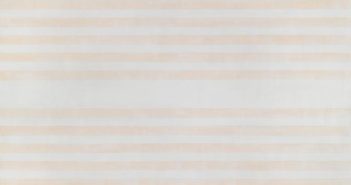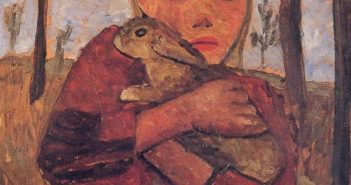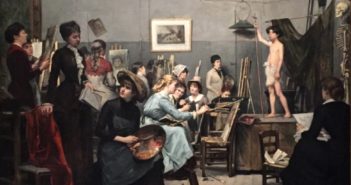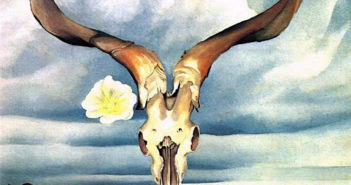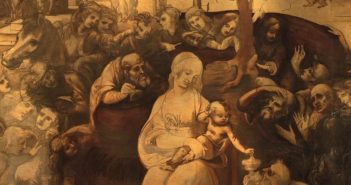
The distracted artist
In the most recent issue of the journal Brain, Marco Cantani, professor of psychiatry at King’s College London has linked Leonardo da Vinci’s chronic inability to complete projects to undiagnosed ADHD. According to Giorgio Vasari’s 1550 seminal artistic biography, Lives of the Most Excellent Painters, Sculptors, and Architects, Leonardo jumped from project to project, slept only in short bursts and had trouble finishing his paintings. To Professor Cantani, the tumbling evidence is enough to suggest a posthumous diagnosis and explore the creative edge ADHD could offer affected artists.

